
Choosing the right Infrared Night Vision Display depends on the environment, use case, and the type of night vision technology you need. Here’s a structured guide for selection:
Key Factors to Consider
1. Application
Military / Tactical → Helmet-mounted, rugged, high-resolution with IR illuminator support.
Security / Surveillance → Monitors with infrared camera feeds (CCTV, perimeter monitoring).
Automotive / Aviation → Night driving/flight safety displays (HUDs or in-dash).
Industrial / Rescue → Search-and-rescue, mining, or firefighting visibility in low light.
2. Night Vision Technology
Image Intensifier (I²) → Amplifies low light, produces green-tinted images (traditional night vision goggles).
Thermal Infrared (LWIR, MWIR) → Detects heat signatures, works in complete darkness, smoke, fog.
Near-Infrared (NIR) Cameras + Display → Uses IR illuminators, common in CCTV and automotive.
3. Display Type
OLED / AMOLED → High contrast, deep blacks, good for night vision clarity.
Micro-OLED / Micro-LED → Compact, high resolution, preferred for headsets/goggles.
LCD with IR Camera Feed → More common in CCTV/security monitors.
HUD (Head-Up Display) → Projects infrared vision onto windshield/visor.
4. Resolution & Image Clarity
Higher resolution = better object recognition in low light.
For tactical/security: ≥ 1280 × 720 recommended.
For automotive: balance resolution with low latency (real-time response).
5. Field of View (FOV)
Wide FOV (≥ 40°) → Situational awareness (military, driving).
Narrow FOV (≤ 30°) → Long-distance detection (surveillance).
6. Brightness & Eye Safety
Must allow brightness adjustment to avoid blinding in dark environments.
Auto-dimming for quick adaptation when switching between dark and lit areas.
7. Durability & Environment
Rugged, shockproof, waterproof (IP65+) for outdoor/security/military use.
Operating temperature range: critical for aviation, desert, arctic, or rescue missions.
8. Integration & Connectivity
Supports camera inputs (IR/NIR/Thermal) via HDMI, SDI, USB, or wireless feed.
Compatibility with helmets, vehicles, drones, or control rooms.
Some systems include AI-based object recognition (helpful in security or automotive).
9. Power & Portability
Battery-powered (wearables) vs. wired (fixed displays).
Check battery life for field applications.
10. Cost vs. Use Case
Civilian CCTV / Automotive: Mid-range, often NIR-based.
Professional Security / Industrial: Higher resolution, durable, $$.
Military / Tactical: Premium-grade, rugged, advanced image fusion (thermal + I²).
Quick Selection Guide
| Use Case |
Best Tech |
Recommended Display |
| Military / Tactical |
I² + Thermal Fusion |
Micro-OLED, helmet-mounted |
| Security / Surveillance |
NIR + IR cameras |
LCD monitor, 24/7 rated |
| Automotive Driving |
Thermal IR |
OLED / HUD in-dash display |
| Industrial / Rescue |
Thermal IR |
Rugged LCD/OLED portable screen |
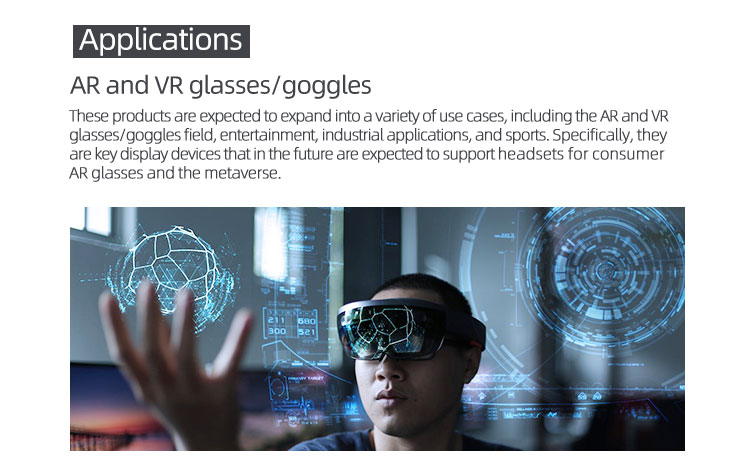
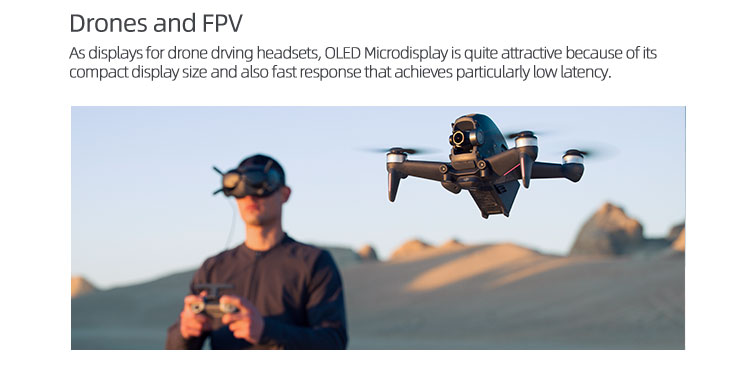
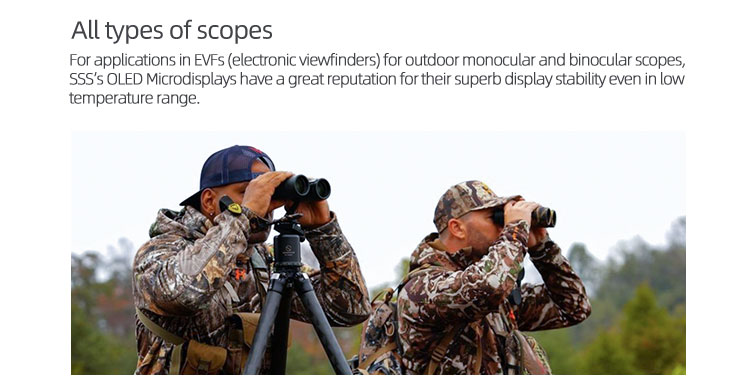
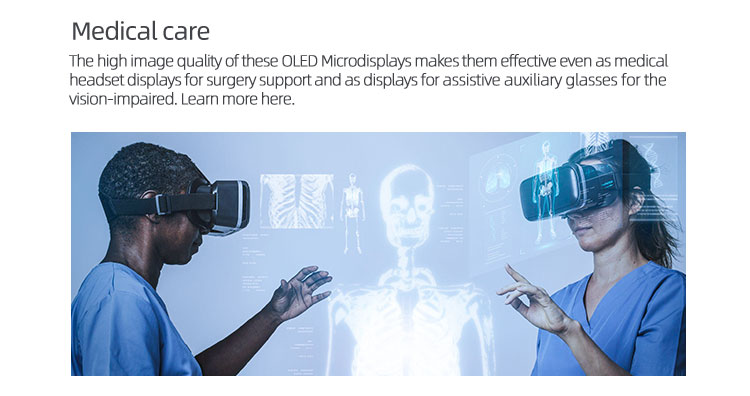
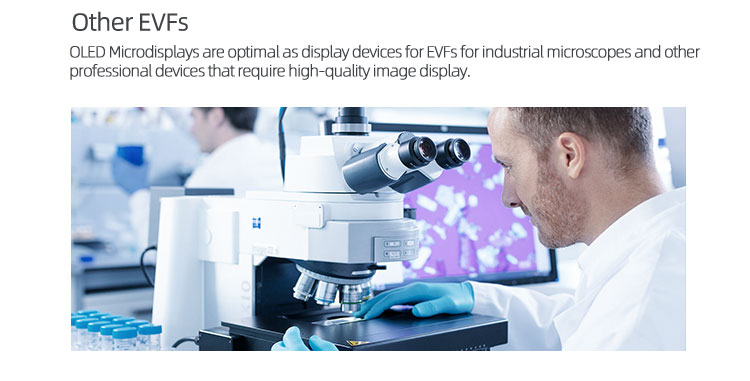
website:https:www.eurotech-lcd.com
Infrared Night Vision Display product links for reference:https://www.eurotech-lcd.com/industries.aspx?id=4348&no=HMD%20AR/VR%20Display